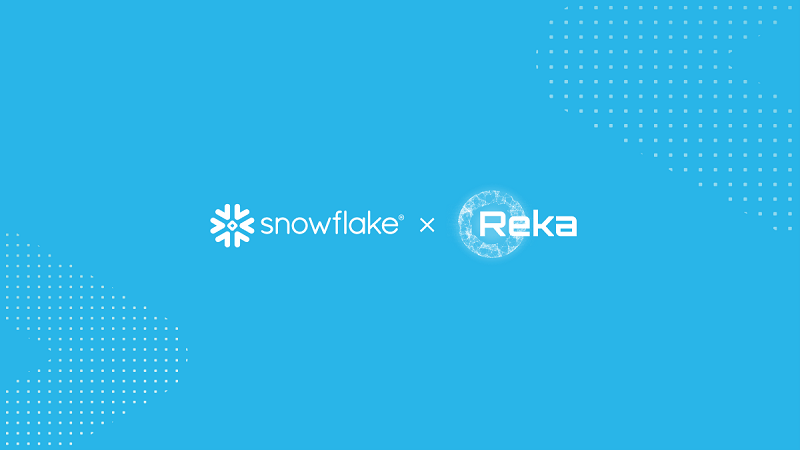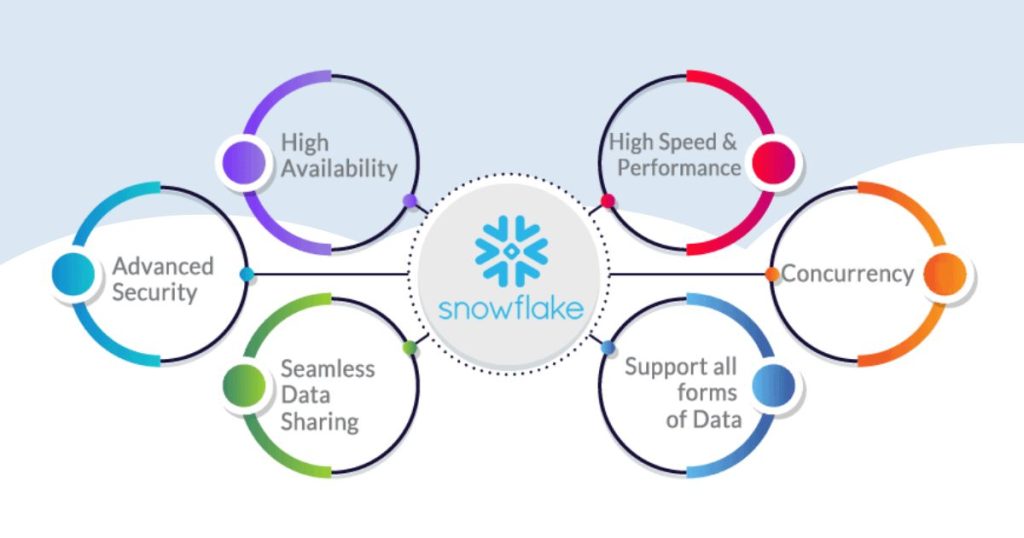Snowflake is indeed a boon to people who need cloud computing support for data warehousing and analytics. These factors relate to scalability, the rate at which it operates, and its ease of operation, which have led to its popularity among organizations. Thus, despite all the efforts made in its development, Snowflake has its drawbacks, like any other tool. Let’s take a look at five fundamental errors that are frequently made by Snowflake development users and what can be done not to fall into these pitfalls.
Snowflake Challenges: Top 5 Mistakes to Watch Out For
1. Ignoring Optimization:
In the case described above, this can be viewed as a costly oversight in that the benefits the company enjoyed from not adhering to the law would have been outweighed by the potential penalties it could have faced if caught by the authorities.
Problem:
Snowflake charges in 60-second increments at a minimum, though there are some nuances to that: If you run a brief query partway through a minute, you will be billed in full for the minute.
Impact:
Effective keywords can be poor because short and simple queries can take a long time, which is paid for by the customer.
The Solution:
- Optimize your queries.
- Limit Subquery Returns.
Subqueries, which mean nested queries, are announcements that impede database performance if they are inconsistent or contain a large number of records.
Utilize Time Windows and Filters:
- One should use time windows to determine the data range if there is a need to choose some particular time intervals.
- Searching is faster when done with filters at the beginning rather than as the final step.
Be Mindful of Many-to-Many Relationships:
- Joins using multiple tables involving many-to-many relationships can be more resource-heavy.
- Use proper join types such as INNER, LEFT, etc. Properly execute the joins so as to optimize the retrieval process.
Consider the Order of Operations:
To fully understand how Snowflake processes queries (e.g., WHERE before JOINs), you must understand how it transacts with your data.
Organize the components of the query with an eye toward their likely use in processing.
2. Overlooking Warehouse Selection: The Right Tool For The Job
The specific tool selected influences the productivity and efficiency of the process.
Problem:
Some potential problems that could arise because of choosing the wrong warehouse size or type are decrease in warehouse performance and increase in cost.
Impact:
This, however, means that warehouses that are not adequately powered are capable of slowing down queries.
Relatively large stock rooms pose an added disadvantage because they are resourceful and expense-netting.
The Solution:
- Understand Your Workload.
- Use Smaller Warehouses for Quick Lookups
- For small tables, or for straightforward single-key lookups, it is best to use smaller warehouses.
Scale Up for Intensive Analytics or Machine Learning
In the case of these complex analytics or ML workloads, one would need to scale up to even larger snowflake modern data warehouses.
Monitor and Adjust:
- Regularly monitor query performance.
- This workload adjustment should call for scaling of warehouse size or type to accommodate necessary changes.
3. Neglecting Clustering Keys:
Sometimes the cause of a poor performance can be something as simple as minor noise disruptions that hamper the ability of a performer to do their best work.
Problem:
When selecting improper clustering keys, many issues with storage and retrieval come out.
Impact:
If the clustering of the databases is not well done, then the kind of queries required might be time-consuming or bear a huge cost.
The Solution:
- Design Effective Clustering Keys
- Choose Columns with High Cardinality
For more accuracy, it is better to select only those columns with many unique values so that the results will not be skewed when setting up the K-means coordinates.
Align Clustering with Common Query Patterns:
Organize it by the columns involved often used in WHERE or JOIN sections.
Regularly Analyze and Optimize Tables:
The reminder here supports the development that one should revisit clustering keys due to the dynamic nature of data.
4. Failing to Leverage Materialized Views:
These two resources refer to the amount of time it takes to complete a certain level of work in any enterprise, organization, or undertaking in relation to the amount of work done at any given time or within a particular period.
Problem:
They enhance response time by pre-computing the results desired from the database.
Impact:
This simply implies that not utilizing MVs is essentially like letting any programmer reap large benefits on size from changing variable types at will.
The Solution:
- Create and Maintain MVs
- Identify Frequently Used Queries
- Search for workloads in the commonly run queries concerning rows, columns, and tables in the DBMS.
Build MVs Based on Those Patterns:
Designing MVs that address different types of queries that people would use to ask a question.
Refresh MVs as Needed:
Another is to ensure that the details contained in MVs are current regarding changes taking place at the database level.
5. Ignoring Security and Access Control:
The concept of this experimental move does not exclude any risks – during the development of the necessary component, Britain relied on the judgment of experts, which could have resulted in serious flaws being inadvertently incorporated into the system.
Problem:
With Snowflake security measures, it is easy to overlook them and have a gaping hole in your security measure.
Impact:
By making errors in the access control settings, the information that is considered sensitive is at risk.
The Solution:
- Implement Proper Security Measures
- Use Roles and Privileges Effectively
Create user accounts on the system and assign them roles depending on the responsibilities assigned to them.
ERM level privileges at the right granularity level such as schema level, table level etc.
Set Up Access Controls Based on User Needs:
In this rule, one should work only with the information that is necessary for fulfilling duties to customers as well as for the organization’s work as a whole.
Authorization programs should be constantly checked and changed depending on the situation.
- Regularly Audit and Review Permissions
- Ensure compliance and security.
Here are some frequently encountered issues that can reduce the efficacy of using Snowflake – but knowing how to overcome or avoid them, will help you work more efficiently, save money and leverage the best performance. Remember, it is not a one-time thing, but quite the contrary, Snowflake mastery requires a constant learning and monitoring process.
Conclusion:
Snowflake is an effective work tool, but knowledge about the mistakes to be made is essential. With that, you will be able to optimize, select the correct type of warehouse, manipulate materialized views, and focus on the security aspects of the Snowflake. If you still have more questions or still need some help, you are free to proceed and ask. Learn more about Snowflake evolution.



